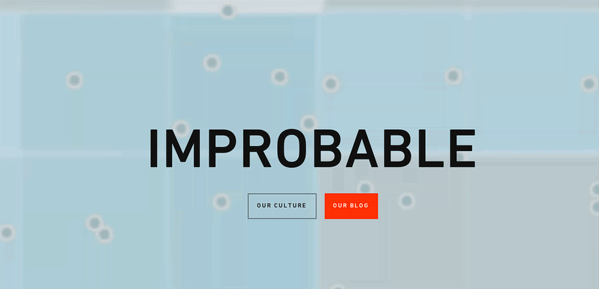Improbable: What it does for the future of virtual worlds

Virtual worlds make up most of the entire VR experience. In a virtual setting, the user is being transported and given an appropriate personification – in the form of a character – as if it was in the real world. Thanks to powerful VR hardware we have today, the virtual world experience is as smooth and lifelike. Certainly, it can be said that being “transported” in a virtual world is enough to wow an average user. But to a certain extent, the “wow” factor can diminish over time as the user becomes accustomed to the familarity of the experience.
Imagine a virtual world that is superbly realistic, that every element within it causes a direct contribution to other elements – similar to what real life is. This is the future of virtual worlds that one tech startup promises to lay onto the table.
London-based tech startup Improbable is on the forefront of the development of a simulated virtual world. Originally founded by a group of computer science students at Cambridge University, their goal is to make a large-scale virtual world: one that is operated by numerous servers equipped with top-notch hardware that is flexible enough to be scaled into whatever application it could fit into. By operating in real time, it creates unique simulation characteristics which are based off of the real-life scenarios we experience – in a nutshell, it is based upon the principle of Newton’s Third Law of Motion. Simply put, every element within the simulated world makes a contribution to every other element within it. For example, if there is an explosion in one corner, it produces any possible effects it could give within its area of concern. People within this virtual explosion area could possibly experience real-life effects like injuries and open fire. Interdependency of elements such as events is the key principle in Improbable’s virtual world.
This lifelike simulation is Improbable’s goal in making virtual worlds as better as it could get. And because the virtual world scale is so huge, Improbable’s website lists down a handful of useful applications of the technology. Improbable’s simulated virtual world can contribute to enhance even the most complex of complex systems, such as defense, energy, city efficiency, healthcare, and economics. But what this technology concerns the most is gaming. By employing Improbable’s virtual worlds into VR gaming, we can look into the future of VR games with lifelike scenarios and behavior simulations that mimic a person’s real interactions and behaviors.
Improbable has recently been backed by a large funding firm, Andreessen Horowitz. With this funding, it is expected that the startup can push their development efforts even further – we can expect their technology to land in novel VR headsets like the Oculus Rift within a few years’ time. In their company blog, Improbable said that they are already “partnering with a carefully selected group of studios to help us experiment.” For now, the tech startup is a bit mum on words, but we can expect that they are pushing for the big change in the way we see virtual worlds.
For more information on Improbable, please visit the following websites:
http://improbable.io/
http://www.theguardian.com/technology/2015/mar/24/andreessen-horowitz-london-virtual-reality-startup-improbable
http://nwn.blogs.com/nwn/2015/03/improbable-virtual-reality-startup.html

